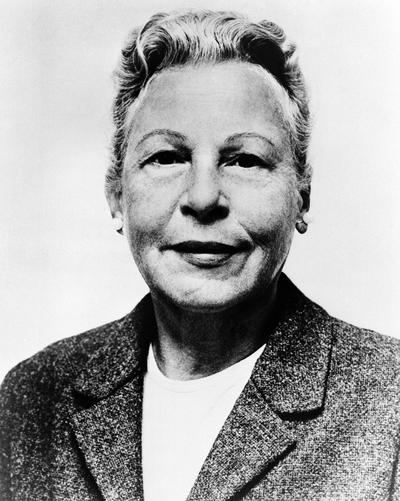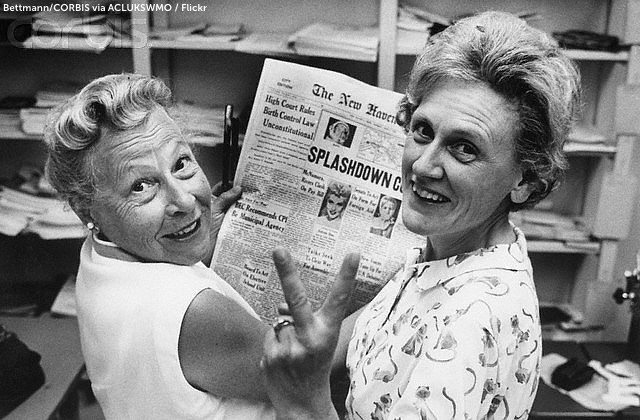Griswold v. Connecticut
Episode #7 of the course “Trials that shaped the modern world”
The US Supreme Court case of 1965, Griswold v. Connecticut, was the result of social conditions that raised the question of the protection of individuals’ privacy. An outdated and rarely-enforced 19th century Comstock Law in Connecticut made it illegal for anyone to teach or distribute information about contraception in that state. As medical science advanced and women sought gynecological services for their family planning, a clash between the rights of married individuals and the limits of the government became inevitable.
Throughout the 1940s and 1950s, several cases about privacy issues had come before state and federal courts, but none resulted in establishing an individual’s right to privacy. The newly-founded Planned Parenthood League of Connecticut was working to open women’s clinics throughout the state and change the restrictive laws. In 1961, Estelle Griswold, the League’s Executive Director, opened a new clinic that distributed contraceptive advice and prescriptions. She and the doctor in charge of the clinic were arrested, jailed, and fined. Griswold appealed the decision, challenging that the Connecticut statute was unconstitutional.

Estelle Griswold
By a 7-2 decision, the US Supreme Court ruled that the Connecticut law was unconstitutional; specifically, that it violated the equal protection clauses of the Fourteenth Amendment. The decision on this case is unique because multiple Supreme Court Justices wrote their support rationales based on various Constitutional amendments.

Mrs. Estelle Griswold (left), medical advisor and Executive director of the Planned Parenthood Clinic in New Haven, and Mrs. Ernest Jahncke, President of Parenthood League of Connecticut, flash a victory sign as a result of the court’s decision that the birth control law is unconstitutional.
The Justices reached the overarching opinion that the US Constitution nowhere explicitly protects an individual’s right to “privacy,” but that this right is inferred based on the logical conclusions of the First, Third, Fourth, Fifth, and Ninth Amendments, which create a “zone of privacy.” These Justices argued that it is the duty of the Supreme Court not only to decide what the law protects, but what the law intends to protect as well.
Recommended book
“Law 101: Everything You Need to Know About American Law”, Fourth Edition by Jay Feinman
Share with friends

